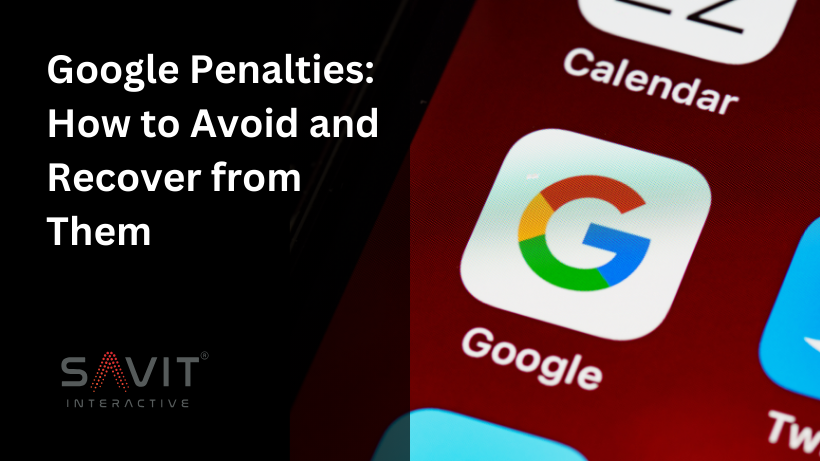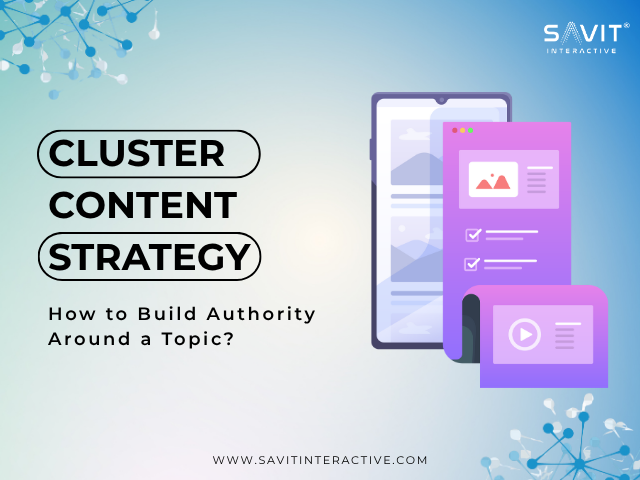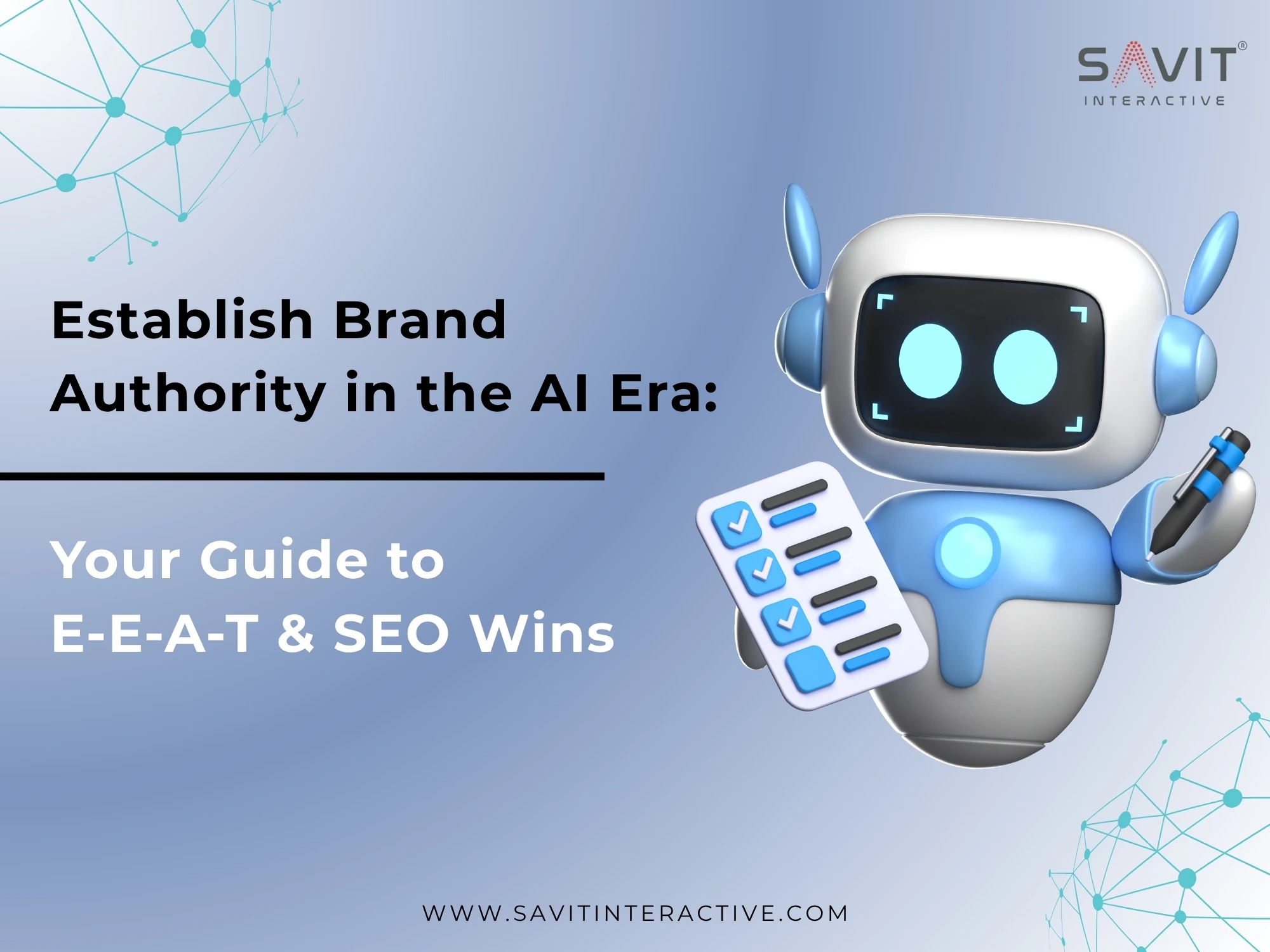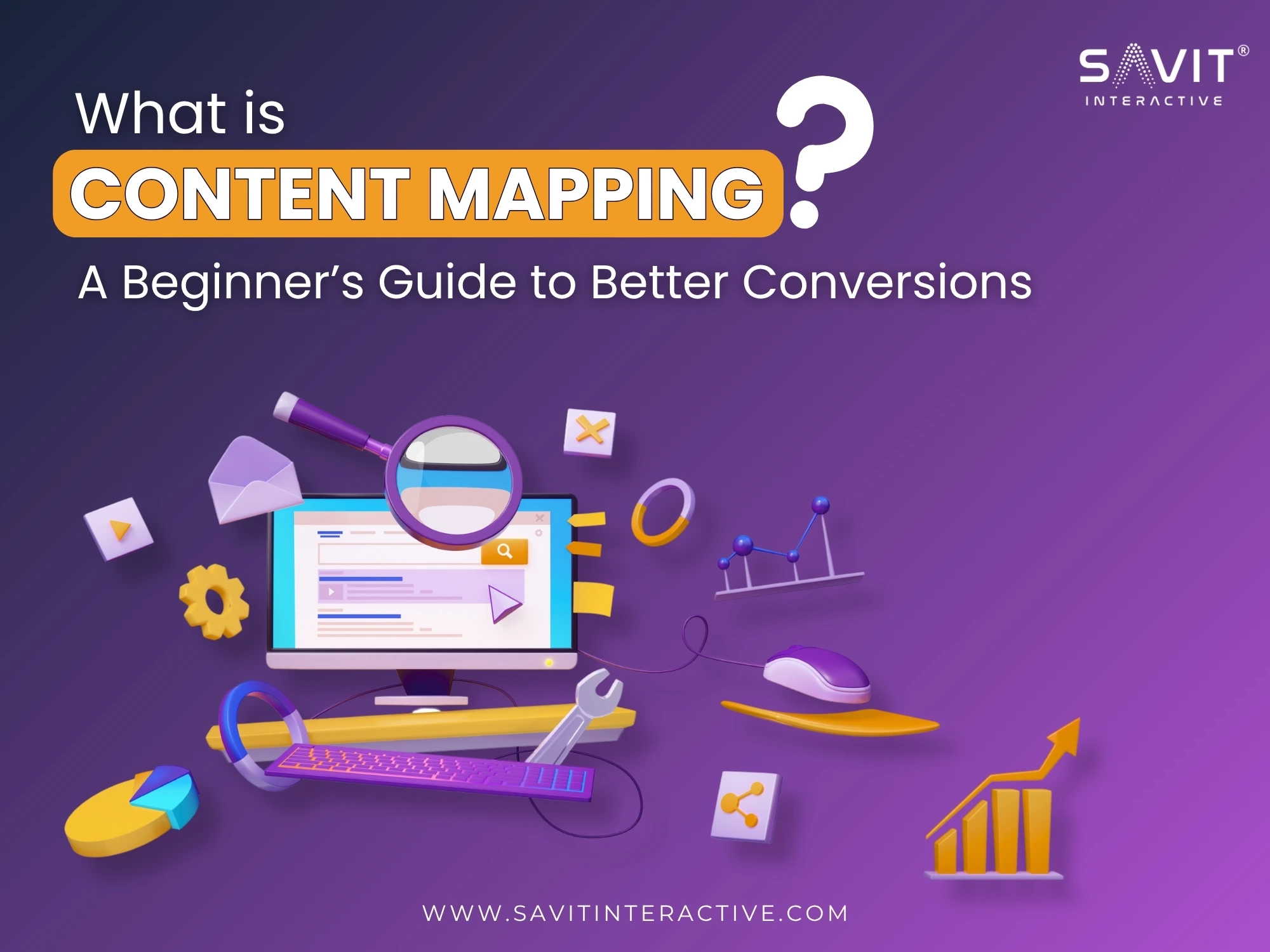Penalties are a concern for both those who play fair and those who try to cheat the system. Whether you knowingly engaged in questionable practices or inadvertently did something that violates their guidelines and spam policies, you’ll still face penalties.
Therefore, it’s wise to steer clear of certain practices. While they might seem effective for marketing purposes, if Google doesn’t approve, it’s best to avoid them altogether.
As a reliable SEO company in USA, we ought to inform you about the potential penalties you might face and the tactics to recover from them.
What is a Google Penalty?
A Google penalty is a punishment against your malpractice of uploading content that conflicts with the marketing policy enforced by Google. This could mean your pages or website will get pushed down in search results or even taken off completely. There are two types of actions through which google penalizes a website:
Manual Penalties:
“Manual Penalties” or “Manual Action” is type of punitive measure, a human reviewer from Google’s Search Quality team determines that a website isn’t following the Google’s spam policies set out by Google Search Guidelines. When you receive a Manual Penalty, you will need to make an appeal to Google to re-index your website—that is, put it back into the search engine results—before anyone will be able to find you again.
The list below talks about things you might do that could upset the mentioned team. It also offers solutions to help you bounce back from any negative effects.
Keyword Stuffing
This action involves overloading web pages with excessive keywords, sometimes by repeating them unnaturally throughout the content. There are some cases where website owners might hide keywords by making them the same color as the background or using tiny font sizes.
How to Recover: The quickest way is to remove the excessive count of keywords. Keep the keyword density in check while improving the quality of the content you have uploaded.
Duplicate Content
Google doesn’t appreciate websites replicating content across multiple pages or domains, including copying content from other sources without permission. To be more specific if you are syndicating content without proper attribution or scraping content from other websites, google sees that as an unfair act.
How to Recover: To bounce back, you’ll need to clean up or rewrite any duplicate content you have. If you’ve taken content from somewhere else, consider linking back to the original source in your anchor text. You can also use 301 redirects to guide Google to the version of your content that you want them to prioritize.
User-Generated Spam
This action includes allowing users to post spammy comments, links, or content on your website or forum. Creating fake accounts to post spam or using automated bots to generate spammy content.
How to Recover: Implement strong moderation policies to prevent spam, use CAPTCHA or anti-spam plugins, and regularly monitor user-generated content.
Cloaking
This practice involves showing different content to search engine crawlers than what users see, often to deceive search engines. Few websites use IP detection or user-agent detection to serve different content based on the visitor.
How to Recover: See to it that same content is served to both users and search engines. Review and correct any instances of cloaking on the website.
Unnatural Links:
Some websites, particularly forums and similar platforms, try to boost their visibility by using shady tactics like link schemes, purchasing links, or swapping links excessively. They might even resort to setting up fake link networks or employing automated tools to create loads of links, aiming to inflate their link profile.
How to Recover: If your site falls into this trap, it’s crucial to act. Start by identifying and getting rid of any unnatural links. You can also disavow links from sketchy websites that you don’t want associated with yours. Instead, shift your focus to earning high-quality, relevant backlinks the right way—by providing valuable content and fostering genuine connections within your industry.
Selling Links
If your website has a solid reputation and attracts a lot of visitors, other websites might want to pay you to include a link to their site. It’s a way for them to get more exposure and for you to earn some extra cash. However, some websites try to hide this by using certain tricks to fool search engines.
How to Recover: Be transparent about sponsored content, and instead of focusing on selling links, put your energy into creating content that people find valuable.
Thin Affiliate Websites
Some businesses opt for shortcuts, setting up webpages that lack original content and mainly serve to push affiliate products or services. If Google catches wind of this and notices you’re not putting in the effort to create valuable content, resorting to automated content generation or simply copying from affiliate partners, your ranking could take a hit.
How to Recover: Make sure your website has plenty of helpful, original content that goes beyond just promoting affiliate products. Explore diverse revenue streams and focus on developing your brand rather than solely pushing affiliate offers onto your audience.
Doorways
Doorways involve making low-quality web pages that are overly focused on specific keywords. These pages are designed to rank well in search results and then direct users to a single destination, often for things like discounts, products, or service offers. This practice usually involves creating pages with very little real content, all just to trick search engines into sending traffic there.
How to Recover: Combine your doorway pages into larger, more helpful ones that cover a variety of topics and serve different purposes like giving information, guiding users, and facilitating transactions.
Misleading or Improper Content
When you put out content that’s misleading, false, or simply not suitable, it doesn’t sit well with Google’s standards. This could mean sharing gossip about celebrities or places that aren’t accurate, or promoting products or services that turn out to be scams.
Some sneaky tactics involve using black hat SEO methods. For instance, tweaking titles or URLs to look innocent, but when you click, you’re led to sites with inappropriate content like adult material, dating sites, or even illegal businesses.
How to Recover: Take a good look at your content and get rid of anything that’s misleading or not up to scratch. Stick to the truth, provide reliable info, and follow the rules of fair play in SEO to earn back trust from both users and search engines.
Intrusive Pop-ups
Intrusive pop-ups are those annoying little windows that suddenly pop up on users’ screens when they’re trying to do something online. They get in the way of what users are trying to see or read, making it frustrating to navigate a website. Usually, they’re there to push users into giving their email, show them ads they didn’t ask for, or get them to click on something they might not want to.
Google may lower the visibility of these websites in search results to ensure users are directed to websites that provide a better browsing experience.
How To Recover: Reduce or eliminate intrusive pop-ups, especially on mobile devices. Use non-intrusive methods for collecting user information or promoting content, such as banners or exit-intent pop-ups.
Algorithm Penalties:
Algorithm penalties occur automatically, without Google directly stepping in. Unlike manual penalties, algorithm penalties don’t consider your intentions behind any misconduct. Instead, they focus on whether your website’s content, technical elements, and navigation align with Google’s quality standards. If they don’t, your website’s ranking can drop, and others that excel in these areas will move ahead of you in search results.
Here are the actions that Google’s algorithm automatically penalizes without any human involvement:
Thin Content
A Thin content means your web pages don’t offer much valuable information. They might be short, repetitive (what’s already provided by other sources out there) or filled with unhelpful text.
How to Recover: Improve your content by adding more useful information. Remove any duplicate or low-quality pages. Make sure each page has unique and valuable content for visitors.
Spammy Auto-generated Content
Spammy auto-generated content refers to content generated by software instead of humans. It tends to be of poor quality and packed with keywords. This type of content usually lacks substance and fails to engage readers effectively. Many businesses resort to spamming this content across their website and other online platforms to improve their rankings, especially for interconnected service pages.
How to Recover: Clean up your site by removing any auto-generated content. Focus on creating original and high-quality content that’s helpful to your audience.
Spammy Free Hosting
If you use free hosting services to make low-quality or spammy websites, you could get penalized by Google’s algorithm. This happens because these services often have weak security measures, which can put your website and its visitors at risk of cyber-attacks or illegal software distribution.
How to Recover: Move your site to a reputable hosting provider. Align your content quality with Google’s guidelines and provide real value to visitors.
Incorrect Structured Data
When your structured data markup doesn’t accurately reflect what’s on your web pages, it confuses search engines. This technical issue can harm your search rankings because Google’s algorithm sees it as a negative signal.
How to Recover: Review and update your structured data markup to accurately reflect your content. Use tools to check for errors and make corrections as needed.
The Relationship between Algorithm and Human Intervention
The latest data till date shows that 252,000 new websites are created every day. To handle this flood, Google came up with a smart automated system. This system follows Google’s standards to determine which websites deserve a boost in rankings and which ones need to be put in the penalty box.
Here’s what John Mueller, a Senior Webmaster Trends Analyst at Google, had to say about this progress:
“…from a manual point of view, we try to act when we realize that we can’t solve it algorithmically. When something is really causing a problem and it’s affecting our search results… that’s some place where the manual webs pam team might step in and say we need to act here.
Which could be to demote the website in search to kind of neutralize specific elements on a page. It could be in an extreme case to remove a page from search.“
The manual team at Google’ Quality Raters intervene when there are instances where the algorithm may miss certain violations or when there are complex or nuanced situations that require human judgment. Here are some scenarios where manual intervention may occur:
- Pattern Recognition: Manual intervention is required when there are new tactics or trends in web spam that the algorithms haven’t yet adapted to. Manual reviewers can identify these emerging patterns and take appropriate action.
- Dealing with Malware Attack: When a website faces a malware attack, things get complicated. Website owners need to keep their sites safe from malware by doing security checks, updating software, and using security measures. Google quality raters focus on checking user experience and content quality, not dealing with malware. Google’s security teams handle malware attacks, developing tools to detect and fix them.
- Appeals and Reconsideration: Webmasters can appeal manual penalties or submit reconsideration requests if they believe their site was unfairly penalized. Manual reviewers thoroughly assess these appeals to ensure fair enforcement of guidelines.
- High-Profile or Sensitive Issues: For important websites or topics with significant public interest, manual review ensures accurate enforcement and mitigates potential controversies or misinformation.
The Bottom Line:
As a business owner who is leveraging a website as a revenue model, google penalties are something you want to avoid. Lower search rankings can directly impact your lead generation and conversions, ultimately leading to no visitors and no business.
Now that you’ve gained insights from this blog, you might have understood what can sink you and what can keep you afloat in the vast ocean of search engine results. However, our SEO company in USA hopes you won’t find yourself in such a situation in the first place.
If you’re already familiar with SEO, these tips will be useful for you to put into action. However, if you’re not, and you feel like you’ll need help to implement these steps and get your website back on track, reach out to Savit Interactive today.
We’re here to not only help you fix any mistakes but also to take your online business to the next level with our range of SEO assistance, including Ecommerce SEO and Local SEO Services. No matter what industry you’re in, we’ve got you covered.



